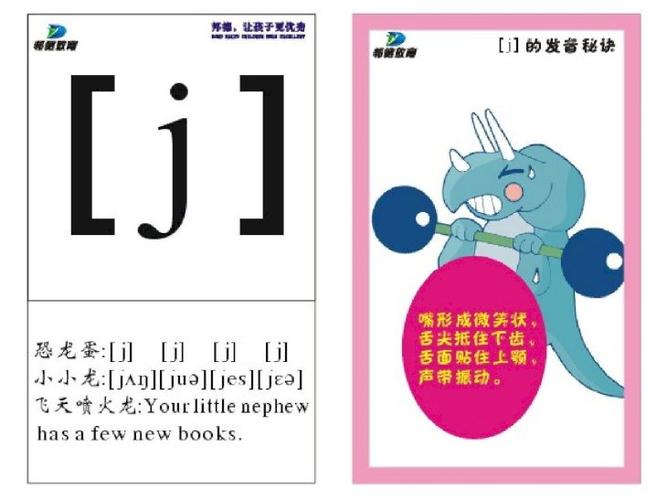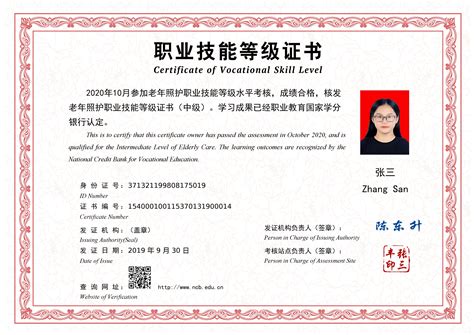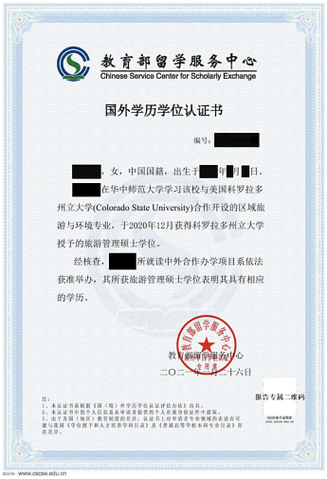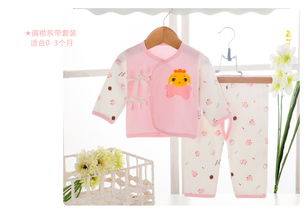Creating Engaging English Posters for Maternal and Child Health
文章内容:
Introduction:
In today's globalized world, English has become an essential language for communication and professional development. When it comes to the maternal and child health industry, creating engaging English posters can play a crucial role in promoting awareness, education, and support for this important field. This article aims to provide guidance and suggestions for designing effective maternal and child health English posters.
1. Understand the Target Audience:
Before starting the design process, it is essential to understand the target audience. In the case of maternal and child health, the primary audience may include expecting parents, young mothers, healthcare professionals, and community members. Knowing their educational background, English proficiency level, and preferences will help create relevant and appealing posters.
2. Clear and Visually Appealing Design:
A successful poster begins with a clear and visually appealing design. Use bold, easytoread fonts for headlines and concise sentences for the body text. Utilize colors that evoke feelings of positivity, love, and care. Include relevant images that depict the message effectively. For example, use images of happy mothers and babies to create an emotional connection.
3. Focus on Key Messages:
To capture the attention of the audience, prioritize key messages on the poster. Highlight the importance of prenatal care, nutrition during pregnancy, immunizations, breastfeeding, and child development milestones. Use simple, concise language that is easy to understand for nonnative English speakers. Including statistics, facts, and testimonials can further strengthen the message.
4. Promote Engagement and Interaction:
To encourage engagement with the poster, incorporate interactive elements. Add QR codes or website links that provide access to additional resources, such as educational videos, articles, or downloadable brochures. Include social media handles or hashtags to encourage sharing and discussions online. This way, the poster becomes a gateway to a wider network of information and support.
5. Provide Contact Information:
Include contact information for local healthcare providers, support groups, or helplines. This allows individuals to seek further guidance or clarification on the topics mentioned in the poster. Ensure the information is accurate, uptodate, and easy to read. Provide options for multiple channels of communication, such as phone numbers, email addresses, and social media accounts.
6. Culturally Sensitive Approach:
When designing maternal and child health posters, it is important to consider different cultural perspectives, beliefs, and practices. Avoid using symbols or images that may be offensive or misunderstood. Depending on the target audience, consider incorporating cultural elements that promote inclusivity and respect.
7. Tailor for Different Settings:
Depending on the settings where the posters will be displayed, consider adapting the design and content accordingly. For healthcare facilities, focus on providing detailed information and professional terminology. For community areas, use simpler language and emphasize the benefits of maternal and child health practices.
Conclusion:

Creating effective English posters for the maternal and child health industry requires careful consideration of the target audience, clear design, focus on key messages, interactive elements, contact information, cultural sensitivity, and adaptation to different settings. By following these guidelines, these posters can become powerful tools in promoting awareness, education, and support for maternal and child health, ultimately contributing to healthier communities.








